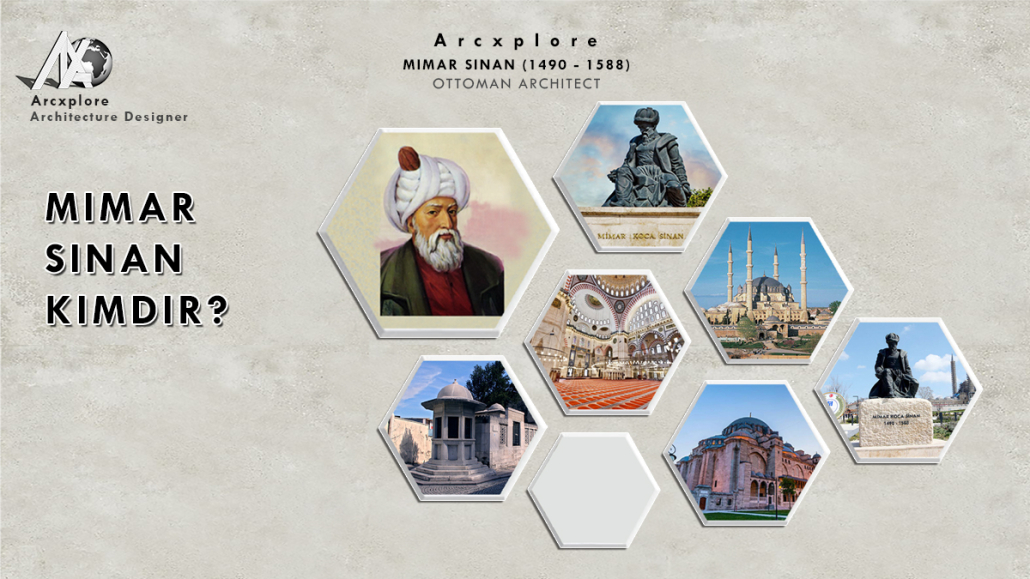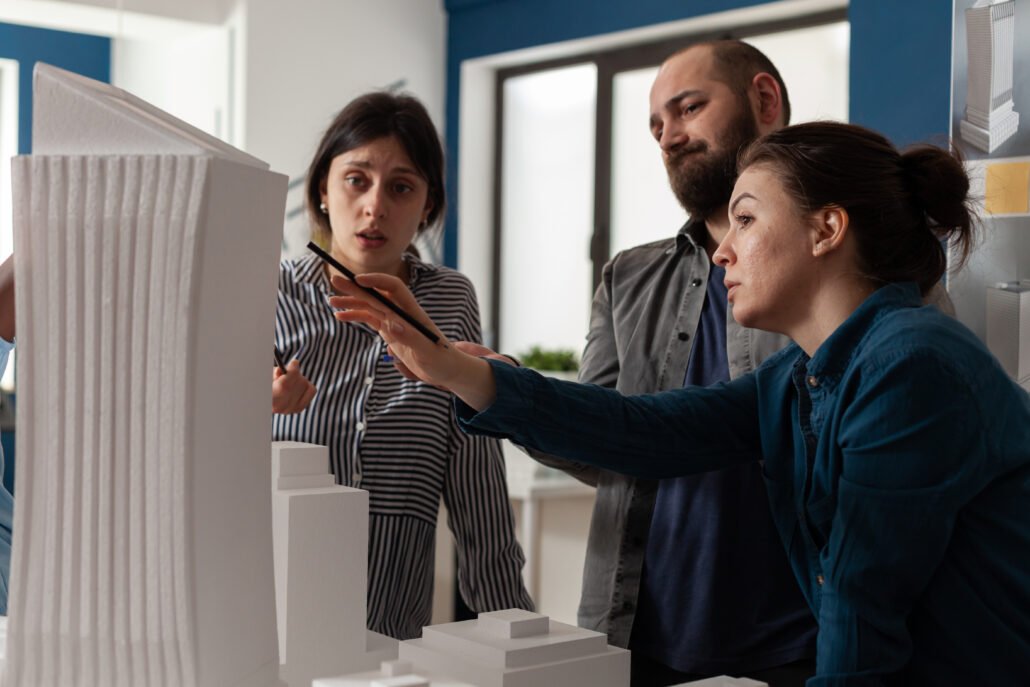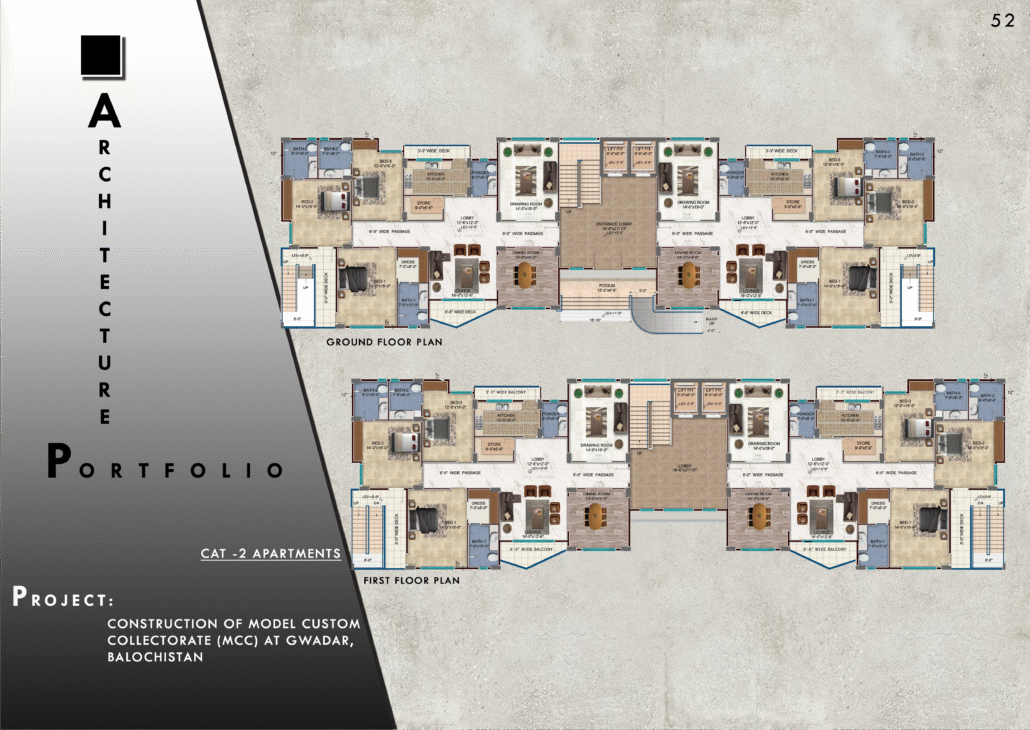Mimar Sinan – The Greatest Architect
Mimar Sinan Kimdir
Introduction
Mimar Sinan Kimdir? The man whose Architectural exploits have immortalized the golden age of the Ottoman Empire. His monuments would go on to define the development of classical Ottoman architecture and in the process carve out a body of work that leaves. One to question was me Mimar Sinan the greatest architect of all time.
Istanbul reached a level of cultural excellence in the 16th century that was unrivaled anyplace else on the earth. As the Ottoman Empire expanded its conquests, this was reflected in the city’s architecture. Istanbul grew into an imperial metropolis, and much of its wealth can be traced to a single person.
Mimar Koca Sinan (1490-1588)
Mimar Sinan Kimdir?
Considering the grandeur of his career and the immense beauty of the buildings. He constructed there is a lot of interest in Mimar Sinan but we know surprisingly little about his origins. He was born around 1490 in the Anatolian province of Karaman
We know that his parents were Christians probably Armenian or Greek. Sinan’s father was a stonemason and growing up the future architect would help his father with his work undoubtedly sowing the seeds in some small way for the blossoming career he would go on to have
Ottoman Empire
At the turn of the sixteenth century the Ottoman Empire was well on its way to becoming a regional superpower. A key reason for this was the Devshirme system had this was a system which since the 14th century had recruited young Christian boys to become the elite fighting force.
As well as civil servants of the Ottoman Empire the boys would convert to Islam and subsequently play an important role in running the empire at the fairly developed age of 21. Sinan was recruited into Ottoman service through the Devshirme may he was subsequently educated in one of Istanbul palace schools where he was trained in subjects such as carpentry and architecture eventually.
He graduated into the Janissary Corps as a military engineer Sinan saw action and distinguished himself in numerous campaigns over almost two decades throughout the 15 20s and 30s he accompanied Suleiman the Magnificent armies in various prominent Wars and battles that included the conquest of Belgrade in 1521 and the siege of Vienna in 1529 the earliest known structure he designed was the Mustafa Pasha bridge in spelling grad in Bulgaria in 1529.
Now known as the old bridge during the 1530s he had a burst of activity including the construction of mosques and bridges across the empire. This marked his emergence as a professional architect in 1535.
Ottoman War
During the Ottoman war with the Safavid Persians Sinan impressed his superiors by building ships that allowed the transport of soldiers and artillery across Lake Van in eastern Anatolia. During the seven expeditions that he went on during Suleiman, the magnificent reign Sinan gained valuable experience in erecting and repairing fortresses bridges, and other structures.
All along this time he would have gotten valuable insight into the limits of stress and pressure buildings could withhold before collapsing something that would have paid dividends later. When he was to innovate Ottoman architecture above all Sinan’s experience as a Military Engineer would have endowed in him a sense of appreciation for practical function and utility when you look at his greatest monuments.
It’s very easy to become overwhelmed by their ostentatious splendor but Sinan would, later on, combine magnificent beauty would sound structural fundamentals. I mean think about it earthquakes have been a regular occurrence in the history of Istanbul yet most of Sinan’s monuments remain intact in the city as we’ll find out later.
There is a very specific reason for that his lost campaign with the Janissaries was in Moldavia in 1538 the following year in 1539. Sinan was chosen to be the Muammar bossy or chief Imperial Architect of the Empire a position he would go on to hold for the next 50 years
“Architecture is the most difficult of professions, and he who would practice it must above all things, be pious”
Architecture
Mimar Sinan Kimdir
In the aftermath of the conquest of Constantinople in 1453, the Ottomans had inherited a city that was in ruins. But the memory of a Constantinople that was once a sprawling metropolis remained
fresh in the memory of Ottoman Sultans who viewed themselves as the successors to the Roman Empire as much as the Ottomans were influenced by the Byzantines they would undoubtedly have wanted to etch out a unique and Islamic identity for the city and whilst.
His monuments are not just confined to the city Istanbul would become the canvas upon. Which Sinan would paint his greatest masterpieces to get better familiarized with the architecture of Sinan. Let’s consider three of his most well-known constructions Mimar Sinan’s first truly monumental construction was the Şehzade Mosque.
Şehzade Mosque Istanbul
Mimar Sinan Kimdir?
Şehzade Mosque complex built in memory of sultan süleyman’s son Mehmet. Who died of smallpox constructed between 1543 and 1549? Mimar Sinan would later describe this project as his apprentice work.
But this just goes to show what level his standards were on the Şehzade a mosque is considered a masterpiece and for good reason, Sinan’s use of space was exceptional he created a vast prayer room that was not obstructed by numerous columns any doubt this architectural concept had gained inspiration from the Byzantine Hagia Sophia. Like the rest of his Imperial mosques.
The Şehzade mosque was built as part of a Coulee, a collection of structures that included schools, spas, hospitals, and guest residences. Sultan Suleiman was so taken aback by this magnificent tower that he ordered Mimar Sinan to construct the Suleymaniye the next year, in 1550.
Suleymaniye Mosque Istanbul
Mimar Sinan Kimdir?
The Mosque was finished in 1557 and the rest of the Coulier in 559 the tombs for both Sultan Suleiman and his beloved wife Hurrem Sultan are in the graveyard garden behind the mosque. Sulaymaniyah kulliye consists of madrasas a medical school, hospital, caravanserai, hammam, and a street of shops considering Sir Christopher Wren completed Saint Paul’s Cathedral in London in 40 years and St. Peter’s Cathedral in Rome.
Took around 150 years to complete the fact that Suleymaniye mosque was completed in just seven years is astonishing and sheds light onto the vast wealth of the Ottoman Empire and the efficiency of its workers interestingly Christopher Wren asked for detailed information about the Suleymaniye Mosque dome. When he was building his aforementioned masterpiece St. Paul’s Cathedral
Selimiye Mosque Edirne
Mimar Sinan Kimdir?
According to Sinan himself his magnum opus his greatest masterpiece was the Selim II a mosque in Edirne built between 1568 and 1575 it has four beautiful pencil-like minarets. that are the tallest of any ottoman monument as mentioned before the Hagia Sophia was pivotal in considerations of Ottoman architecture. The construction of the Selim II a mosque Sinan was fuelled by the desire to create a monument that had a dome greater than the Byzantine masterpiece
Although Sinan felt as if he had done that this was not true the Hagia Sophia is still a little bit bigger than the Selimiye Mosque regardless Sinan had taken Ottoman architecture to a level where it competed with the architecture of other great civilizations. During his long and storied career, Sinan trained many exemplary students chief amongst them was Mohammad Atta the man behind arguably the greatest ottoman monument to Sultan Ahmet Mosque aka the Blue Mosque.
| Selimiye Mosque | Hagia Sophia |
| Dome diameter -31.28m | Dome diameter -31.35m |
| Floor Ceiling Height -43.5m | Floor Ceiling Height -55.6m |
Career
Mimar Sinan Kimdir?
All in all, Sinan is credited with a total of four hundred and seventy-seven buildings 336 of which were constructed in Istanbul. And the surrounding areas the other 141 were erected around various regions of the Empire. Such as Greece Hungary Bulgaria Syria Iraq Palestine and Arabia as you can probably tell me Mimar Sinan was most renowned for his mosques.
Which had several distinct features chief amongst them were domes that looked as if they had no weight also the inside of the monuments were flooded with light you see. Sinan was fascinated by light and with good reason, light enhanced the space within the interior of a monument and provided the structure with a spiritual feel.
Which can certainly be felt across the mosques he built. It’s important to bear in mind that the monuments he built were not only intended to serve as I can D Sinan placed great emphasis on utility against the potential of earthquakes.
Sinan made sure to build foundations that could withstand the shock this included things like special floor cement that absorbed the shock and included lead sheathing to act as a cushioning layer in addition he strategically placed ostrich eggs in the center of the chandeliers hanging from the dome in his mosques.
So that they could chase away insects that were attracted to candles and oil lamps Sinan’s capabilities were not just restricted to one of the monuments. He was held responsible for a wide array of Istanbul administration ranging from its sewage system to its water supply and the repair of public buildings in 1588.
Mimar Sinan’s Work
Have built 375 works including 26 darül-Kurra, 51 Mosques, 81 Camii, 55 madrasahs, 17 tombs, 17 Imarethanes, 3 darşshifa (hospitals), 5 waterways, 20 caravanserais, 8 bridges, 36 palaces, 8 cellars, and 48 baths. Edirne’s Selimiye Mosque is a World Heritage Site.
On July 17, 1588, he died in Istanbul. In the Suleymaniye Complex, in front of the Golden Horn wall, is Mimar Sinan’s tomb, a plain white stone monument with hundreds of valuable architectural works.









